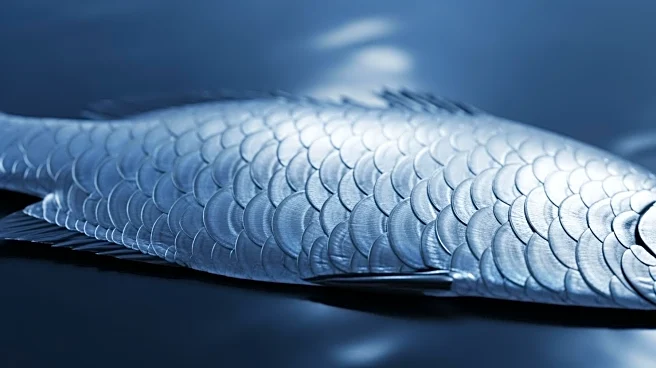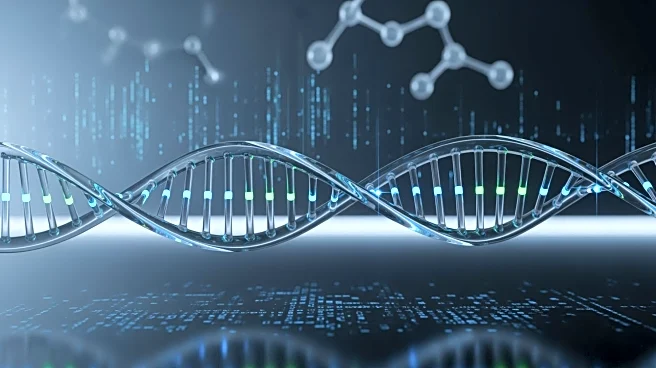What's Happening?
A comprehensive genome sequencing project has been conducted on the Japanese Cutlassfish (Trichiurus japonicus), resulting in a high-quality genomic resource. The project involved capturing a female cutlassfish
off the coast of Kaohsiung, Taiwan, and extracting high-quality genomic DNA from various tissues. The sequencing utilized advanced technologies such as PacBio Sequel II and Oxford Nanopore Technologies, generating substantial sequence data. The genome assembly process included Hi-C sequencing for scaffolding, resulting in a chromosome-level assembly with significant scaffold lengths. The project also involved extensive annotation of repeat elements, protein-coding genes, and non-coding RNA genes, providing a comprehensive genomic map. This resource is expected to facilitate future studies on the species and contribute to broader genomic research.
Why It's Important?
The successful sequencing and assembly of the Japanese Cutlassfish genome represent a significant advancement in genomic research, particularly in the field of marine biology. This high-quality genomic resource provides valuable insights into the genetic makeup of the species, which can aid in understanding its biology, ecology, and evolution. The project demonstrates the capabilities of modern sequencing technologies in achieving detailed genomic assemblies, which are crucial for studying complex organisms. Additionally, the annotated genome can serve as a reference for comparative studies with other fish species, potentially leading to discoveries in areas such as genetic diversity, adaptation, and conservation. The integration of long-read sequencing technologies highlights the growing importance of these methods in producing comprehensive genomic data.













